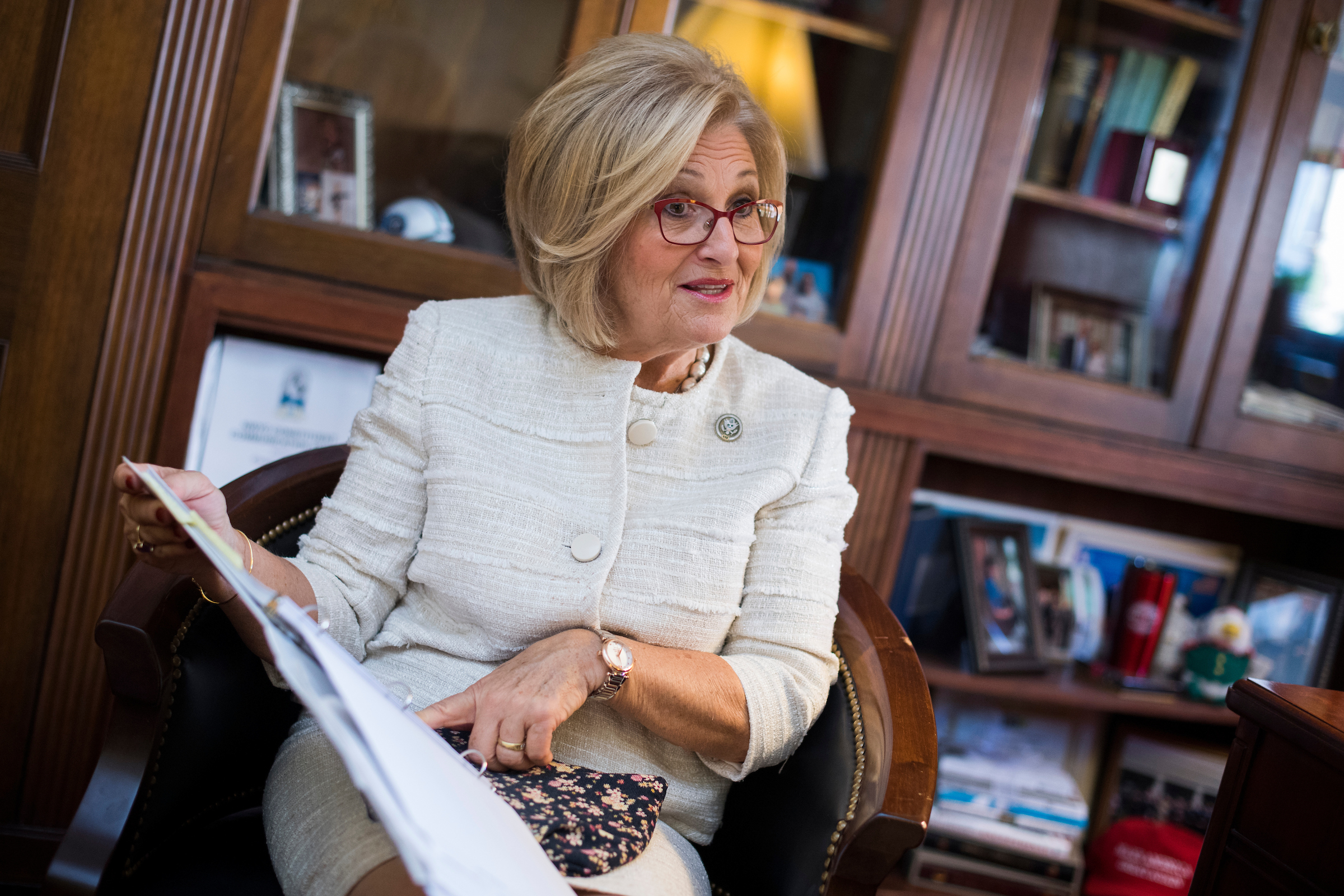At least senators showed up to vote in 2018: CQ Vote Studies
Senate had highest highest election-year participation rate since 2006

Leaders of Congress are adept at scheduling votes when members will be available to cast them — avoiding weekends, keeping to short work days and making sure members get days off.
That helps avoid voting participation low points, such as 1970 — when lawmakers cast votes only 79 percent of the time and fewer than a quarter had a 90 percent showing or higher.
[Download the CQ Vote Studies-Participation data and graphics]
Even so, last year members of Congress across both chambers weighed in to vote 94.3 percent of the time, a 10-year low that was dragged down by absences in the House.
Lawmakers in the House produced a 93.9 percent rate of vote participation. While that’s higher than any of the first 31 years of CQ’s vote study (1954-1984), it was the lowest for the chamber since 1992, and that was despite relatively modest demands — the number of actual roll call votes (498) was the lowest since 2002. The vote performance can be attributed to members taking time off for election year campaigning, as well as a large number of retirements — 31 members of the House announced they were leaving, the highest total since 1996, when 34 retired.
The Senate did not feature such a drop-off in participation. The average participation rate there was 96.8 percent on the 274 “yea” or “nay” votes cast in the session, the Senate’s highest election-year participation rate since 2006.
Twelve members of Congress cast votes on fewer than 70 percent of the floor votes for which they were eligible.
Of those, 11 were in the House. Five representatives — Minnesota’s Tim Walz, Tennessee’s Diane Black, South Dakota’s Kristi Noem, Hawaii’s Colleen Hanabusa and Colorado’s Jared Polis — missed votes as they mounted runs for governorships. Minnesota’s Keith Ellison and Tennessee’s Marsha Blackburn spent their time successfully running for state attorney general and the Senate, respectively. Illinois’ Luis V. Gutiérrez missed 31 percent of his eligible votes after announcing his retirement in late 2017. The remaining three — North Carolina’s Walter B. Jones, Maryland’s Elijah E. Cummings and California’s Jackie Speier — were dealing with personal health issues. Jones died earlier this month after being sworn in from his home in Farmville, North Carolina, to serve his 12th term in the House.
The total does not include Speaker Paul D. Ryan, who continued the tradition of speakers casting votes only when they want to send a message, or when it really matters. Ryan cast just a dozen votes in his final year in office, and just 33 since being elected speaker in October 2015. He retired last year after serving 10 terms.
On the Senate side, John McCain was the only senator to miss more than 30 percent of votes. He left Washington in December 2017 to battle brain cancer and succumbed to the disease in late August without casting a vote in 2018.
On the plus side, 25 members of Congress — 14 senators and 11 representatives — weighed in on every floor vote offered. Despite undergoing outpatient surgery over a March weekend, Republican Charles E. Grassley, the 85-year-old from Iowa, extended his record streak to more than 25 years without missing a vote. “It’s pretty important for me to be able to quantify that I’m on the job, and I don’t know how else to do that when the Senate’s in session except not to miss a vote,” Grassley says. Trailing 1,440 votes behind Grassley, Maine Republican Susan Collins continued her perfect record of attendance since taking office in 1997.

Guide to the Vote Studies
CQ has analyzed voting patterns of members of Congress since 1945. The three current studies — presidential support, party unity and voting participation — have been conducted in a consistent manner since 1954.
Selecting votes: CQ bases its vote studies on all floor votes for which senators and House members were asked to vote “yea” or “nay.” In 2018, there were 498 such roll-call votes in the House and 274 in the Senate. The House total excludes two quorum calls in 2018.
The House total counts all votes on procedural matters, including votes to approve the journal.
Individual scores: Member scores are based only on the votes each actually cast. This makes individual support and opposition scores total 100 percent. The same method is used to identify the leading scorers.
Overall scores: To be consistent with previous years, calculations of average scores by chamber and party are based on all eligible votes, whether or not all members cast a “yea” or “nay.” The lack of participation by lawmakers in a roll call vote reduces chamber and party average support and opposition scores.
Rounding scores: In the tables, scores are rounded to the nearest percentage point. Scores for the presidential and party support leaders are reported to one decimal point in order to rank them more precisely.
Watch: A behind-the-scenes look at CQ’s 2018 Vote Studies
[Trump’s winning pattern with legislation might become a thing of the past: CQ Vote Studies]
[Key Senate votes in 2018: CQ Vote Studies]
[Key House votes in 2018: CQ Vote Studies]
[Party unity on congressional votes takes a dive: CQ Vote Studies]
This story originally appeared in CQ Magazine’s “Annual Vote Studies & 2018 Key Votes” special report on Feb. 25.





